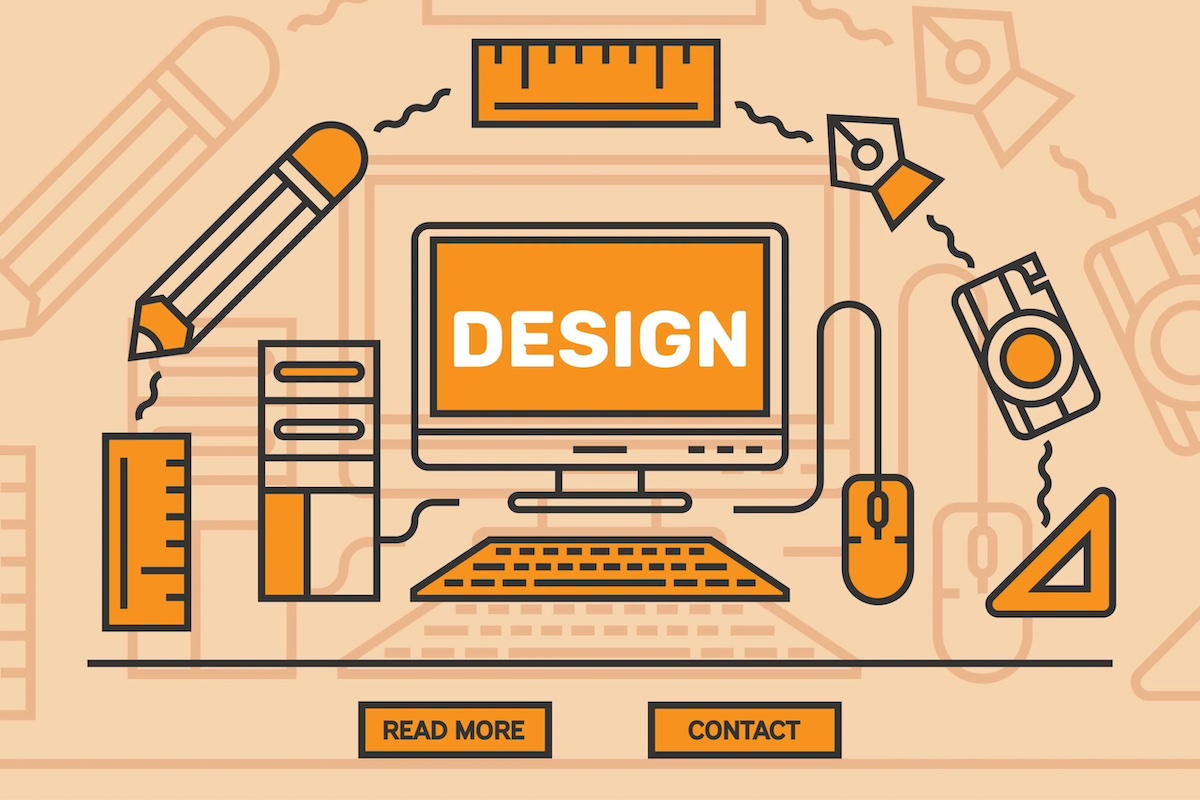From Concept to Creation: The Design Process Demystified
Design is a dynamic and iterative process that transforms ideas into tangible creations, whether it's a logo, a website, a product packaging, or any visual communication piece. Understanding the design process is essential for designers and clients alike to collaborate effectively and achieve successful outcomes. This comprehensive article explores each stage of the design process, from initial concept development to final execution, providing insights and strategies to navigate each phase with clarity and creativity.
Stage 1: Discovery and Research
The design process begins with a thorough understanding of the project requirements and objectives. This stage involves:
- Client Brief: Gathering information from the client regarding their goals, target audience, brand identity, and specific design preferences.
- Market Research: Conducting research to understand industry trends, competitor analysis, and audience demographics. This informs design decisions and ensures relevance and differentiation.
Stage 2: Concept Development
Once armed with insights from research, designers brainstorm and develop initial concepts. Key activities include:
- Ideation: Generating multiple ideas and concepts through sketching, mind mapping, or digital mockups. This phase encourages creativity and exploration of diverse design directions.
- Storyboarding: Mapping out the user experience (UX) flow for digital designs or outlining visual narratives for print materials. Storyboarding ensures coherence and alignment with project goals.
Stage 3: Design Iteration and Prototyping
Designers refine selected concepts into tangible prototypes or drafts. This iterative process involves:
- Wireframing and Mockups: Creating wireframes (skeletal outlines) or digital mockups to visualize layout, structure, and functionality. This stage focuses on usability and user interface (UI) design for digital projects.
- Feedback and Revision: Soliciting feedback from stakeholders or clients and incorporating revisions based on constructive critique. Iteration improves design accuracy and alignment with client expectations.
Stage 4: Design Refinement and Detailing
As designs evolve, attention shifts towards refining visual elements and details:
- Typography and Color Selection: Choosing appropriate fonts, colors, and visual styles that reinforce brand identity and enhance user engagement.
- Visual Consistency: Ensuring consistency across all design elements, such as imagery, icons, and typography. Consistency fosters brand recognition and strengthens visual communication.
Stage 5: Finalization and Production
The final stage focuses on preparing designs for delivery or production:
- Final Review: Conducting a comprehensive review of the design for accuracy, functionality, and alignment with project requirements.
- Preparation of Deliverables: Exporting design files in appropriate formats for print or digital deployment. This includes preparing assets for web developers, printers, or manufacturing partners.
Stage 6: Presentation and Delivery
The culmination of the design process involves presenting final deliverables to clients or stakeholders:
- Client Presentation: Showcasing the design solutions, explaining rationale behind decisions, and addressing any final feedback or adjustments.
- Delivery and Launch: Handing over finalized designs and supporting documentation to clients. This may involve assisting with implementation or deployment, ensuring a seamless transition from concept to completion.
The design process is a structured journey that transforms creative ideas into impactful visual solutions. Each stage—from discovery and concept development to refinement and delivery—plays a crucial role in achieving design excellence. By embracing collaboration, creativity, and iterative refinement, designers can navigate the complexities of projects effectively and deliver designs that exceed client expectations.
Understanding and demystifying the design process empowers designers to innovate, problem-solve, and communicate effectively through visual storytelling. By integrating insights from research, embracing iterative refinement, and prioritizing client collaboration, designers can navigate each stage with confidence and create designs that resonate with audiences and achieve desired outcomes.






































